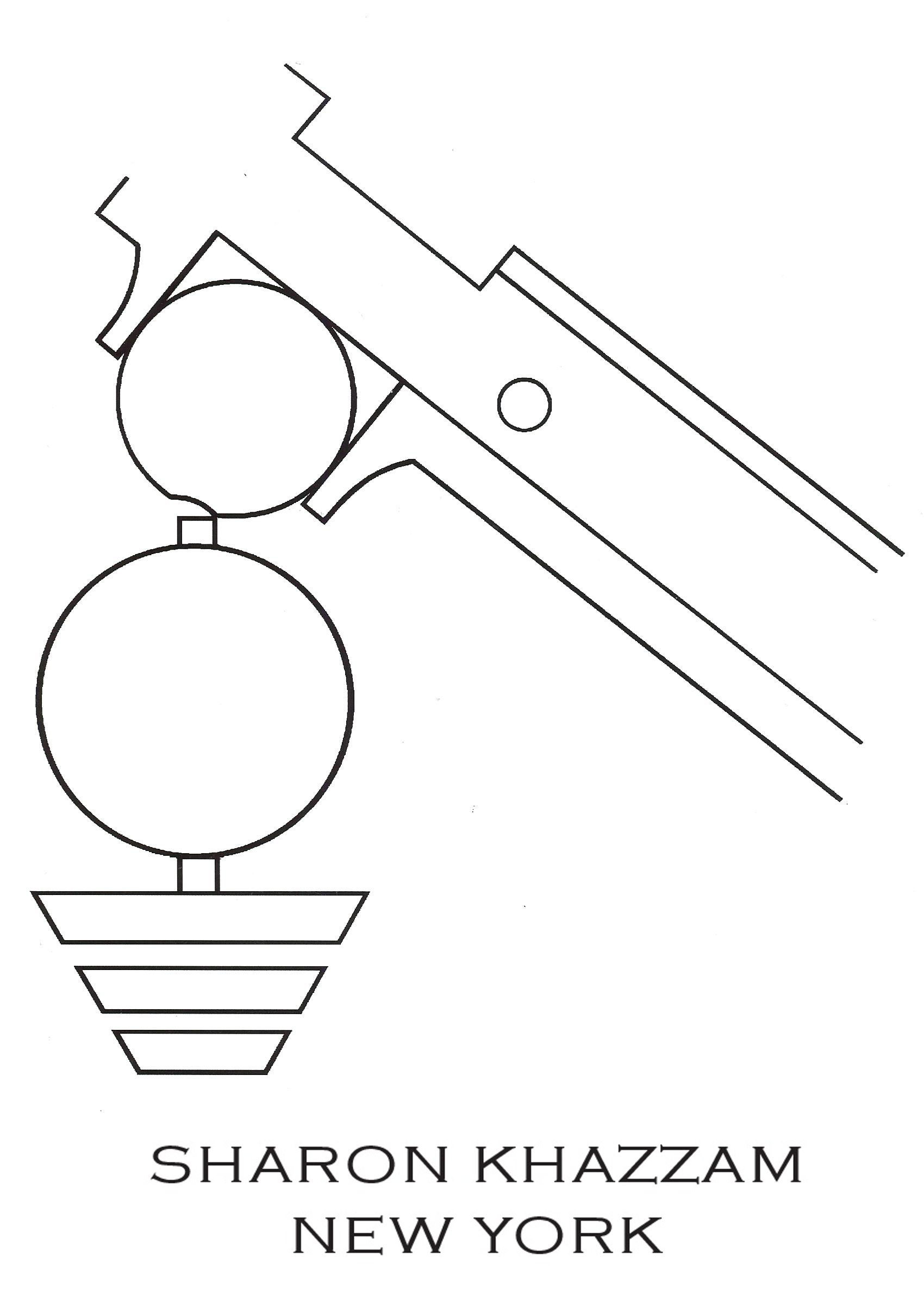Jewelry of Tibet and the Himalayas
“The marked Tibetan taste for turquoise is already well documented during the period of the early Tibetan kings (627 to 836 CE). The Chinese annals describe its export at that time from Tibet while other texts list its use in ceremonies. It also took its place amongst offerings of gold, silver, gemstones, pearls, and corals, piled around the bodies of the king/emperors in their tombs…The enormous demand for stones was fueled not only by their use in jewelry and personal ornaments, such as belts and tinder pouches, but it was also common to inset coral and turquoise on a wide range of domestic and ritual vessels and the sheaths of prized swords. We also know that by the early ninth century the technique of embellishing metal images with stones had been introduced from Nepal or India… For many centuries, the most revered religious images in Tibet have also been honoured by being further adorned with gem-set jewelry in the form of separate breastplates, earrings and necklaces of semi-precious stones… In Tibet the turquoise, or yu, has long been the most favored stone, valued almost as if it were on the level of a precious gem… Although Tibetan turquoises were prized for their magical and medicinal properties, a much higher value was given to the deep blue, flawless turquoise’s coming from Iran… Chinese turquoise was also brought to Tibet, perhaps from the mines of Yunnan or Hubei provinces which were operating from the start of the fourteenth century, although by the nineteenth century supplies came from Honan,”
-Jewelry of Tibet and the Himalayas by John Clarke

